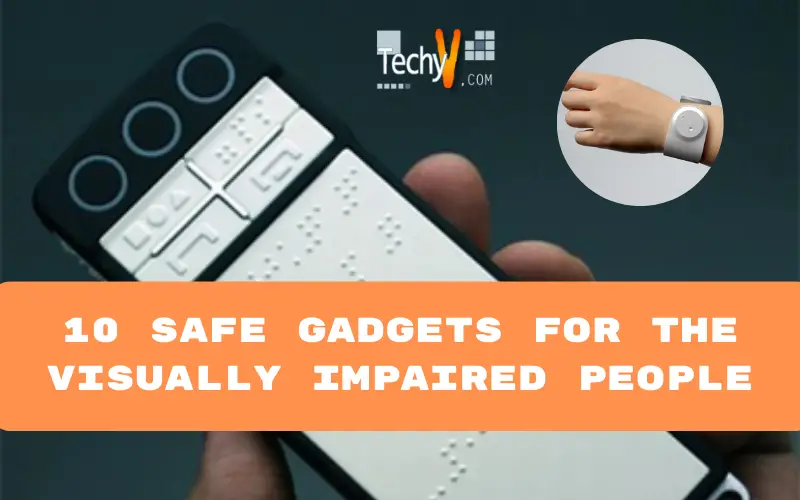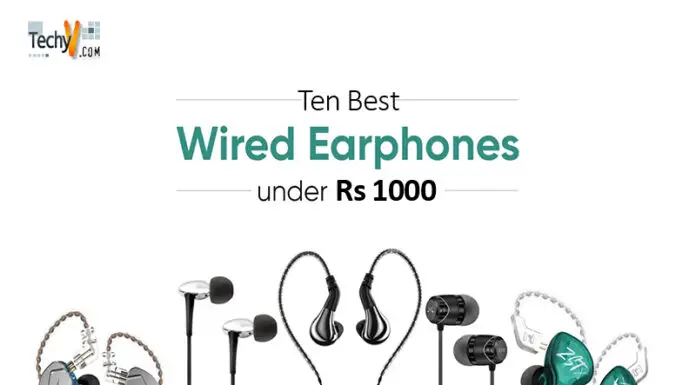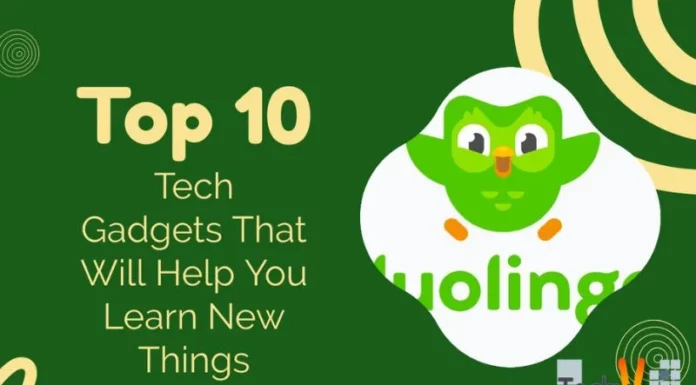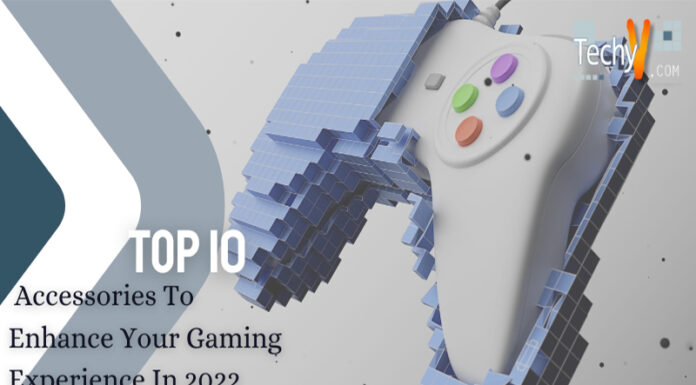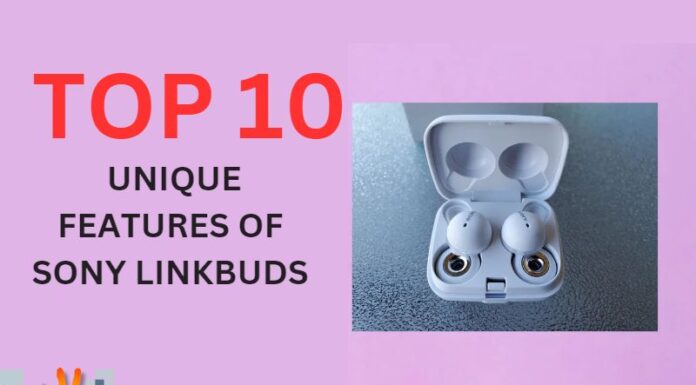Even though many daily tasks are still easier to complete for someone who can see clearly, there are many aids for the visually impaired that are helping to ease the transition from being able to see to not being able to see. Braille is the primary method for a person with reduced vision to read text. Traditionally, this rough language was reserved for books, but it has recently started to appear outside of books, even on specialized foods like hamburgers.
1. B-Touch Cellular Phone
If the visually impaired had a device that was accessible and all-in-one, like the B-Touch Mobile Phone idea, think about how much easier it would be for them to carry out routine tasks like talking on the phone, reading a book, and identifying objects.
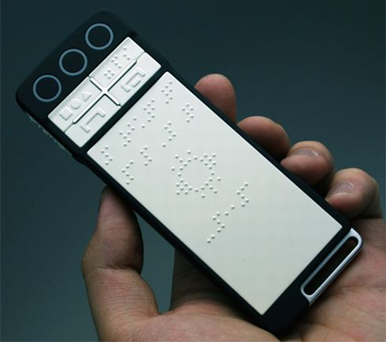
2. The Walking Stick That Sees: The Eye Stick
The sensor can fit the end of a walking stick with a small sensor to give blind people greater confidence even when navigating stairs and other potentially hazardous situations. Sonic vibrations are one of the most accurate ways for them to get their bearings in an environment.

3. Sensing The Time
Incredibly, the “Feel the Time” watch isn’t already on the market because its design is brilliantly straightforward. The minute hand has a single tiny nub, while the hour hand has two separate discs, each with a single tiny nub. To get an accurate reading, use the break in the outer circle at noon as a guide.

4. Navigation Bracelet
What appears to be a contemporary piece of plastic jewelry is a navigation system that gives the blind a level of independence that is currently unattainable for many. It uses GPS, voice commands, audio feedback, and haptic feedback.
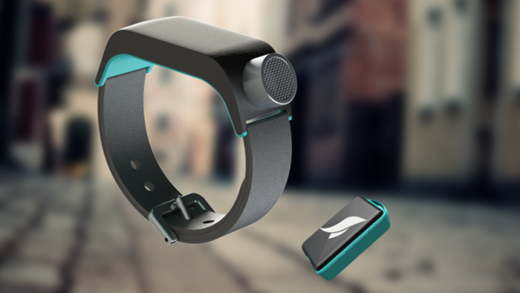
5. Color Sensor Enhances Vision And Hearing
Although the value of art cannot be overstated, why not use the capacity for color perception in more valuable ways? When sorting laundry or choosing clothes, the Bright-F Color Sensor can help the visually impaired “see” colors by associating each color with a specific sound.

6. E-Book In Braille
Carrying around several bulky books is difficult enough; carrying around expensive, extra-bulky braille books is downright impossible. E-readers are, therefore, much more helpful to the blind than those with sight. This Braille E-Book idea could completely change how blind people read books.

7. ARIANNA app
Sometimes using the technology you already have to its fullest potential is the best course of action. Another challenging issue is resolved by the ARIANNA app (pAth Recognition for Indoor Assisted NavigatioN with Augmented perception). The indoor environment is where GPS and other navigation systems frequently have trouble.

8. The Peepo Explorer
Scientists created a hypothetical device called the Peepo Explorer to assist the blind in safely navigating crowded public spaces. This device, developed by designer Steffan Williams in collaboration with Peepo, uses WiFi and RFID to aid the blind in planning a secure path through locations like the mall. A WiFi or RFID beacon placed on the point of interest is picked up by the Peepo Explorer and fed to the user. The user can choose which locations to visit, and the Peepo Explorer will map out the safest and most practical route.
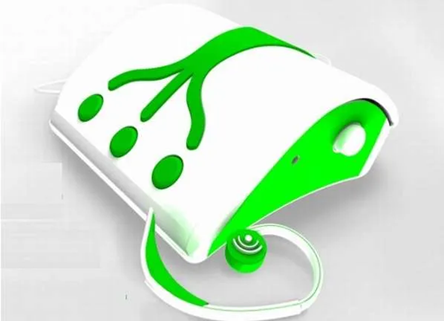
9. Sightless Tablet Translators
To enable the blind to use the iPad, Jayson D’Alessandro developed the Omnifer iPad Accessory. The gadget converts the text on the iPad’s screen into Braille and slips over it like a case. The iPad’s screen is split in half by the cover, with Braille on one side. The braille dots are turned on using a specialized app that translates the text on the page.

10. Morse Code Timepieces
The Vibrating Plated Watch, at first glance, appears to be another timepiece made for visually impaired people using Braille. Despite not using Braille, it can be used by both blind and non-blind people as long as they are familiar with Morse code.




